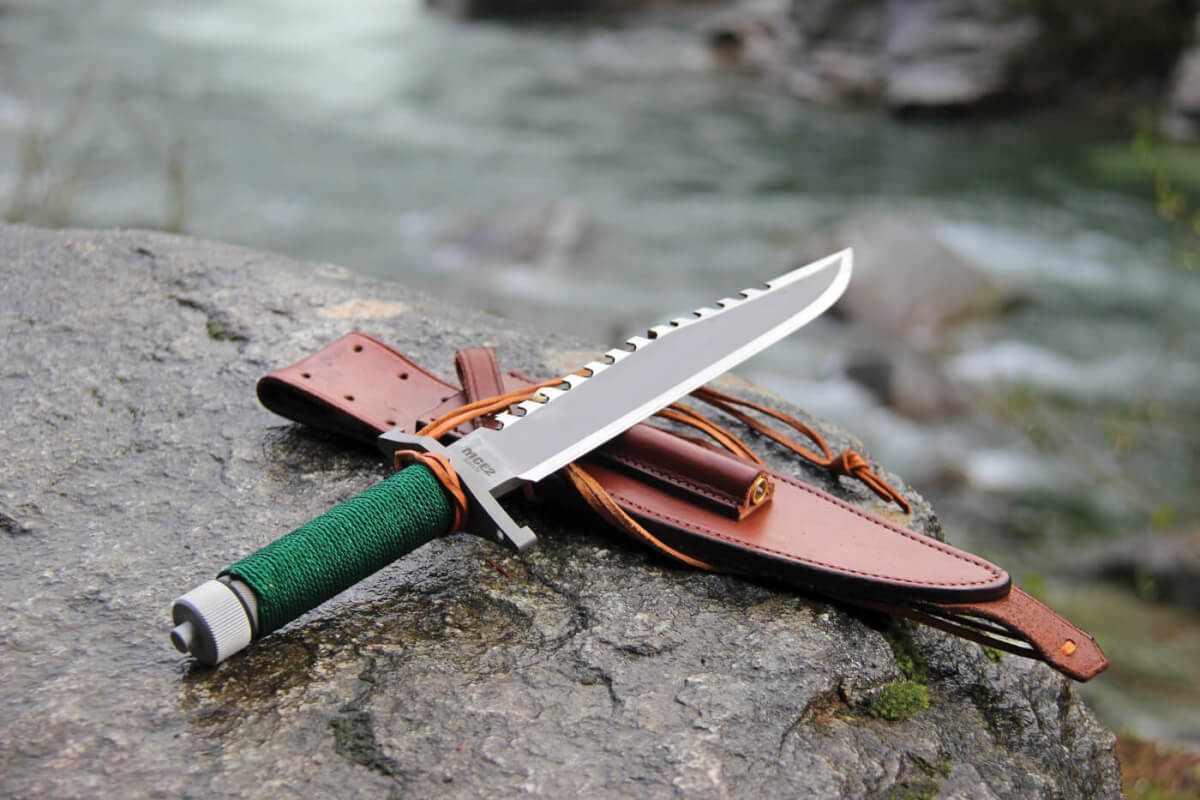Edgematters has the same thread going on...
Here is the thread:
Here is the thread:
Sorry about that TeeDee.
I have had this issue before and it is a headache.
Anyone advise?

 www.bladeforums.com
www.bladeforums.com
Sorry about that TeeDee.
I have had this issue before and it is a headache.
Anyone advise?

It explains why he ended up with a solution like that. Not what I would do but that is a different matter, BandB's last post lists quite well the arguments I would have too.TLM,
You might find this interesting. It doesn't answer why people might want such a knife now, but it does shed some light on how the best known maker of the style arrived at the design.
Here is a Rambo style one.
Ian Bailey is the maker of the knife. As far as I know, another UK maker (Farid) also used to make hollow handle style knives. Personally, I had never thought those Rambo style knives to be actually functional as I had discovered when I was a kid and buying cheap knockoffs. But it seems Mr Bailey's ones actually do the job.
Ahh, now that explains a lot.After the first batch of South African knives, and when Chris moved to the USA, the knife blanks were still machined in South Africa, even though marked as USA made.
Chris ground the point and grind on each blade in Boise, and the HT was also done by him.
When his maker in South Africa retired, Chris stopped production of the one piece series.
